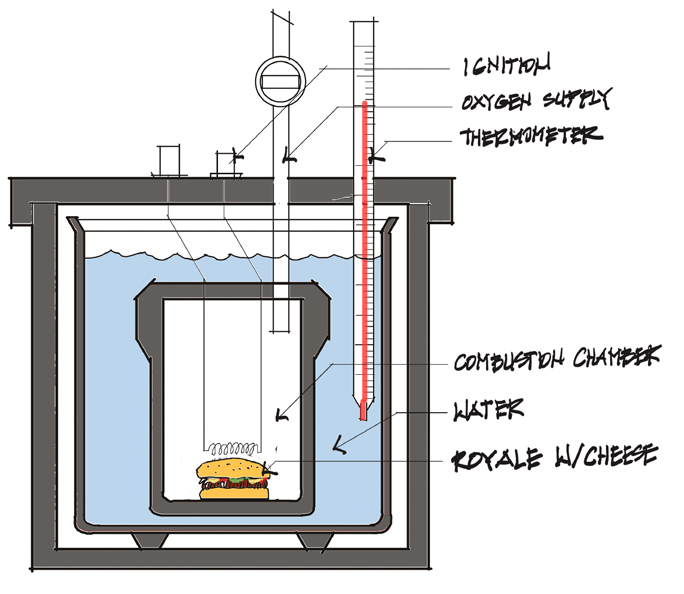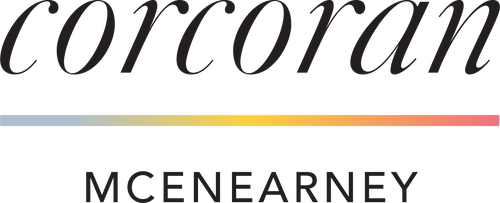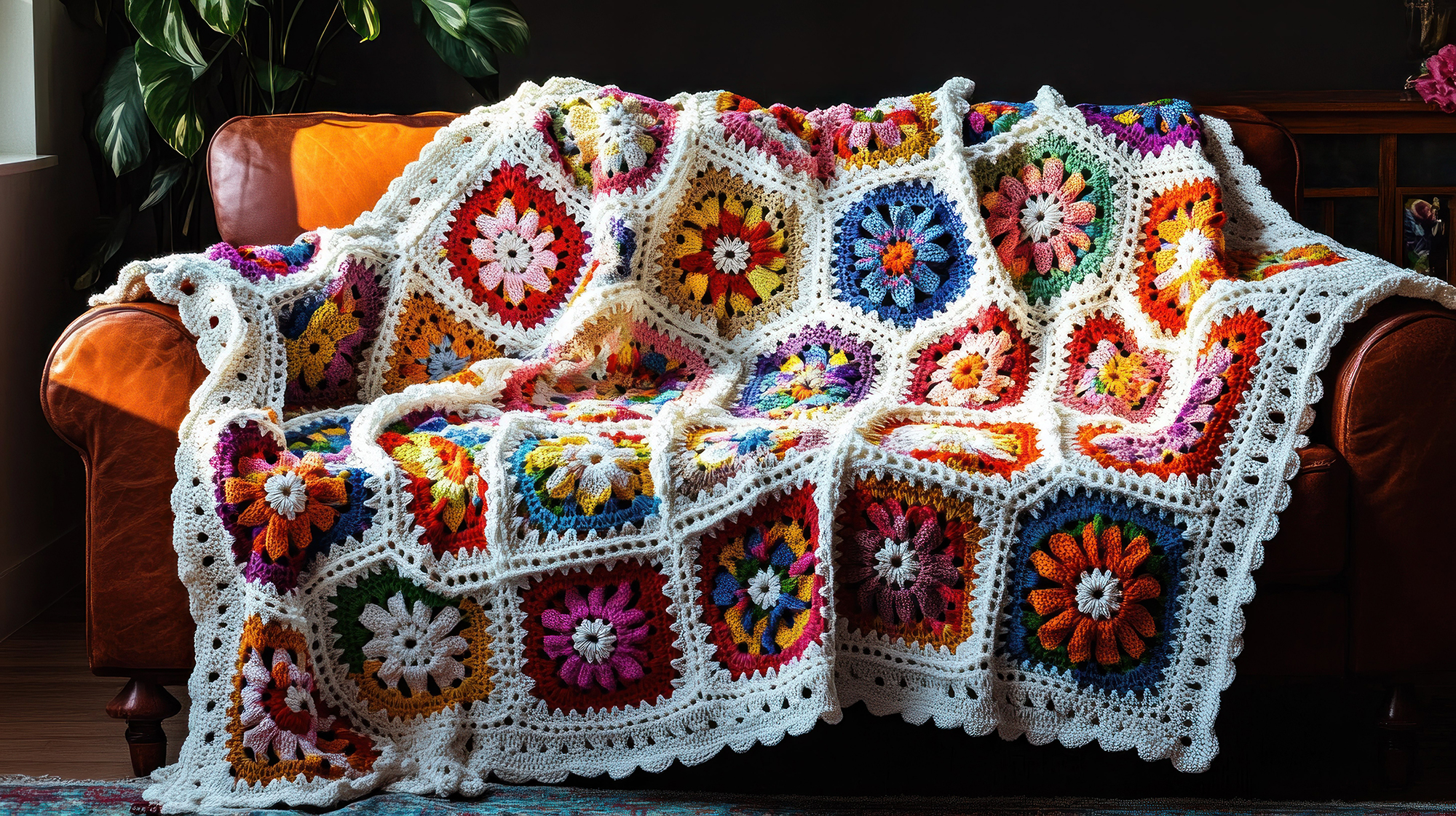This is the second essay in a series by Peter VanderPoel, AIA, to help explain the fundamental principles and science of Passive House design. Read the first essay outlining the basics here.
Cozy memories are often wrapped in a favorite blanket, perhaps one that your grandmother crocheted – it’s so warm!
But the blanket is not warm. The person wrapped inside the blanket is warm; the blanket’s role is to slow the loss of that warmth to the surrounding environment. The body has produced heat by burning calories, and keeping that heat is accomplished through Grandma’s kindness in the form of a cozy keepsake.
Let’s take a look at how this process works in a building, incorporating some of the principles of Passive House design methods.
This Week’s Trivia Question
Q: What is a calorie?
A: A measure of heat.
The Calorie and Measuring Heat
The calorie we are familiar with when assessing a dinner menu is a ‘kilo-calorie’, which is the amount of heat required to raise the temperature of one kilogram of water by 1 degree Centigrade/Celsius.
That’s the warmth that Grandma’s blanket is retaining. The food we consume is converted into energy for activities such as swimming, running, thinking, or watching a movie while wrapped in a crocheted blanket. One of the by-products of those calories is body heat: heat in = heat out – “burning” calories is a fit description.
But if a nutritional calorie is heat, how would that even be measured? By setting food on fire and measuring the heat output? Actually, yes! That’s exactly how it is done, using a device called a bomb calorimeter. There’s a combustion chamber (the bomb) that contains oxygen and is surrounded by water. Your cheeseburger is lit up, and the resulting change in water temperature is measured.

Heat can be measured in several different ways: calories, joules, watts, and British Thermal Units (BTUs). They all can be translated into work or a certain amount of “power.” Human bodies, horses, steam engines, electric motors, and gasoline engines are all capable of producing “power.” Power over time equals energy.
A BTU is a somewhat dated power rating, but it is still popular in some industries. Its metric is the amount of heat required to raise the temperature of 1 pound of water by 1 degree Fahrenheit and is roughly equivalent to the heat produced by a kitchen match. A person sitting watching a movie produces about 300 BTUs of heat in an hour, and that heat is dissipated into the room. Wrapped in Grandma’s blanket, however, the dissipation is dramatically slowed.
The same is true for a building. But rather than calories, the energy comes in the form of electricity, natural gas, wood, or coal, which are directly or indirectly used to create heat (or cooling). In the building trades, grandmother’s blanket is the equivalent of insulation.
Quantifying the Value of Insulation
The benefit of insulation is twofold. One is to reduce energy used, resulting in cost savings to the homeowner. The other is to reduce the carbon released into the environment by the production, delivery, and use of energy. Good insulation allows you to enjoy your energy purchase a bit longer, saving you money in the long run.
Judicious stewards of energy would then want a metric by which they can compare types of insulation to quantify their expected energy use.
The R-value is the most common metric for evaluating the qualities of different types of insulation. Whether it’s fiber or spray foam insulation, plywood, brick, drywall – even grass – all materials have R-values. The R-values can be totaled up and incorporated in the total insulation value of a wall, roof, or floor assembly.
Once a form is selected, reaching the proper R-value is usually a matter of providing appropriate thickness. R-value is normally listed as “per inch.” In general, more is better, but there is a point of diminishing returns when the cost of the additional insulation outstrips the energy cost savings.
The R-value is derived from its lesser-known cousin, the U-value, which directly measures the rate at which heat passes through a material. U-values measure how many BTUs of heat are lost, so the lower the number, the higher the insulation factor. (For those interested in the mathematical explanation: BTUs per hour, per square foot, per degree difference in temperature. In equation form: U = BTU/hr·ft2· Δ °F.)
We talk in terms of heat since heat is a form of energy, whereas cold is simply viewed as the absence of heat. A heat pump, for instance, can move heat inside or outside, resulting in heating or cooling, respectively.
With many variables in measuring energy efficiency and insulation, two of the most important in home design and maintenance are cost (what are we paying for those BTUs, R-values, and Watts) and time (how long does the required energy last).
The area of exterior surface is another potent variable. Consider the tragic case of Capt. Robert Scott. In his race to reach the South Pole, he chose ponies instead of dogs to pull the sleds, hoping that their larger size would make for faster progress. However, the larger surface area of the ponies – compared to the compact body of a sled dog – resulted in faster heat loss and was one of the contributing factors in the death of everyone in the expedition as the animals began to freeze.
The difference in temperatures is also a key consideration, as it determines the effort required to maintain a stable internal body temperature. In the movie Titanic, Jack finds himself in the icy waters of the North Atlantic – measured at just 28.6 °F – while his body temperature was around 98.6 °F. That extreme temperature gap meant his body had to work overtime to generate heat. (Spoiler alert: it didn’t end well for Jack.)
Had the ship gone down in the warmer waters of the Bahamas, Jack’s chances might have been far better. In the end, both Jack’s fate and the ship’s might have been less tragic with better insulation.
The Final Takeaway on Insulation
There are many types of insulation in both material and form that can accommodate almost any construction condition. Science is developing better/less expensive products every day, with various forms suiting different circumstances: waterproof, fireproof, curved, suspended, glueable, etc.
Super insulation is the unsung hero of Passive House design, quietly but powerfully minimizing energy loss, reducing environmental impact, and maximizing comfort. Whether it’s Grandma’s crocheted blanket, the fur of a sled dog, or the high-performance wall assembly of a modern home, the principle is the same: preserve the warmth you already have.
By understanding how heat moves, how it’s measured, and how materials can resist that movement, we gain the tools to build smarter, more efficient structures. Super insulation isn’t just about saving energy – it’s about designing with intention, protecting what matters, and creating homes that feel just right, no matter what the weather brings.
Next time: Tenet 2 – Gone with the wind…

VanderPoel Architecture is located in Arlington, Virginia, and designs residential and light commercial projects throughout the Washington, DC metro area.
Peter VanderPoel AIA
703.725.4328
peter@pvanderpoel.com
Visit corcoranmce.com to search listings for sale in Washington, D.C., Maryland, Virginia, and West Virginia.
Don’t miss a post! Get the latest local guides and neighborhood news straight to your inbox!

 Facebook
Facebook
 X
X
 Pinterest
Pinterest
 Copy Link
Copy Link







